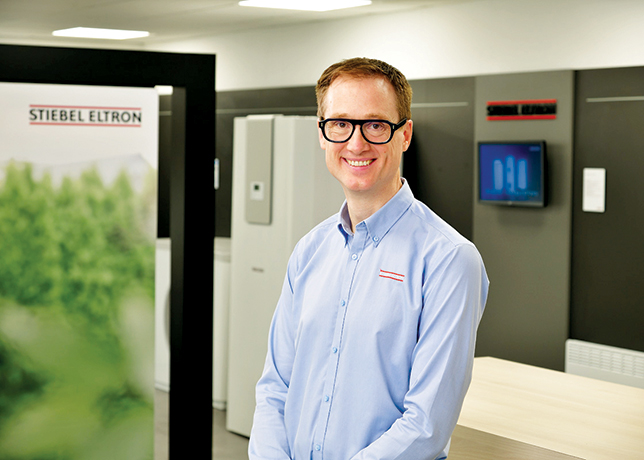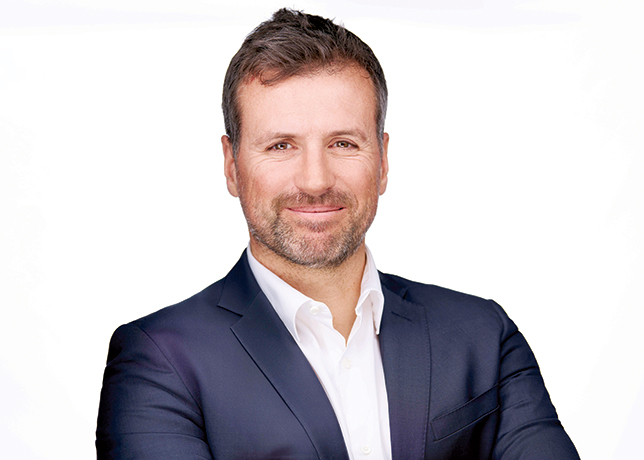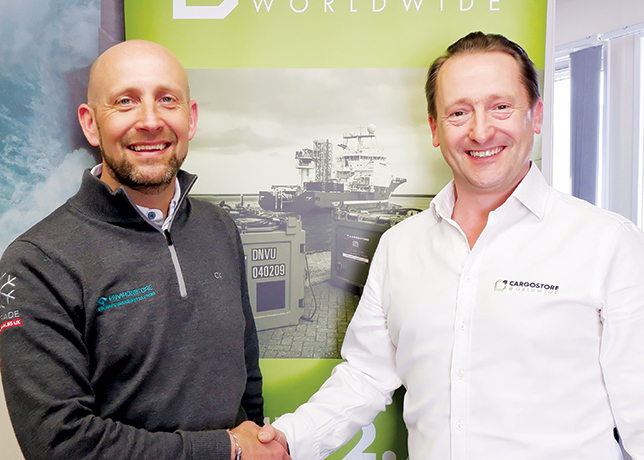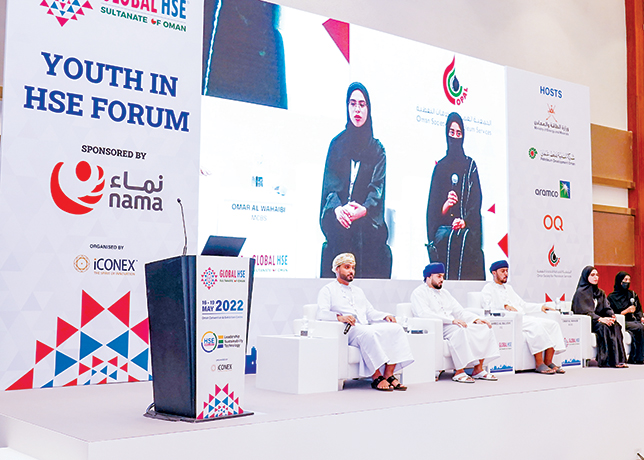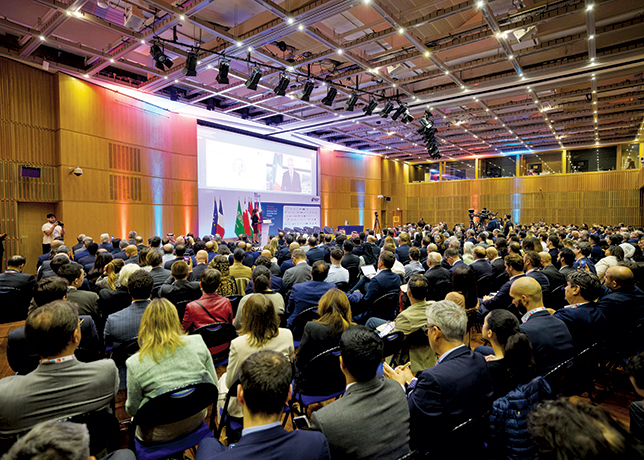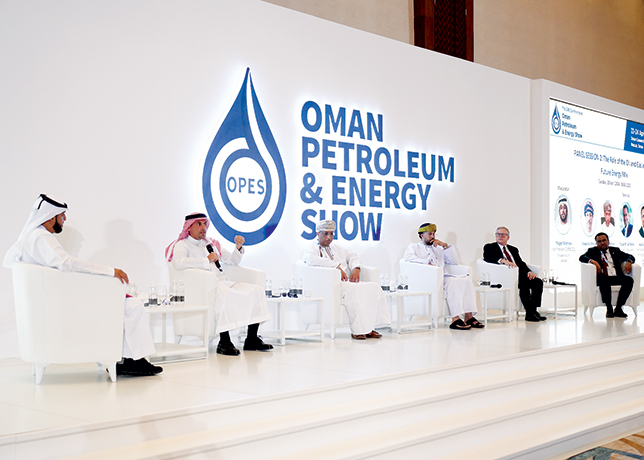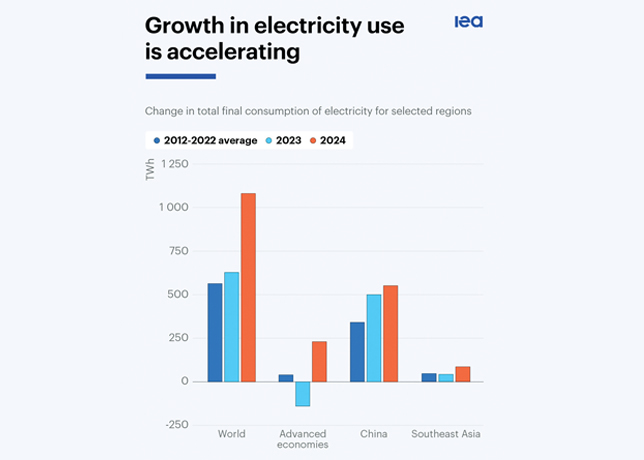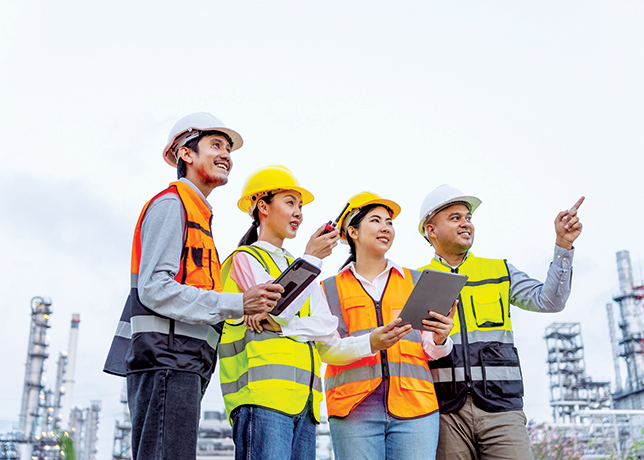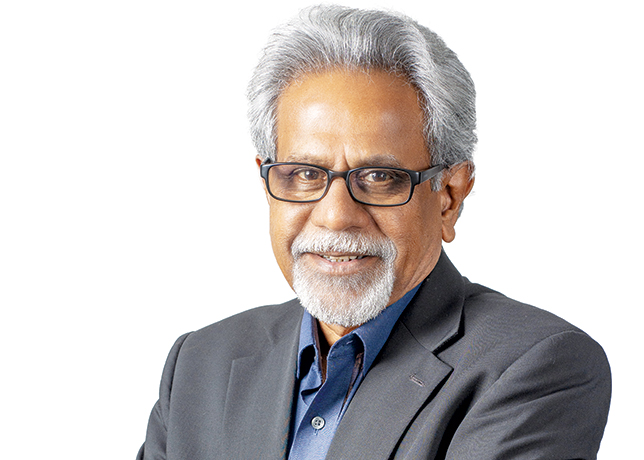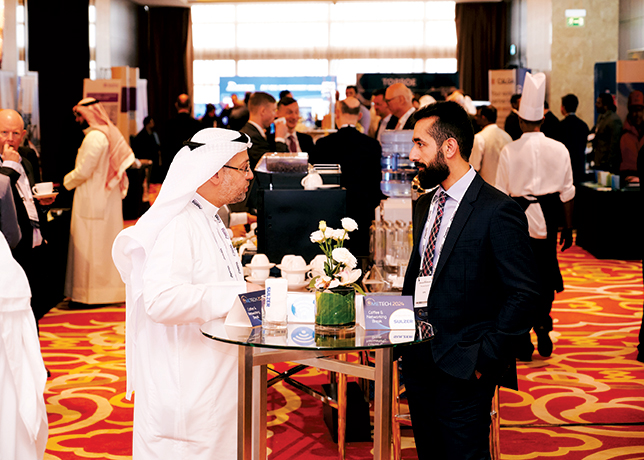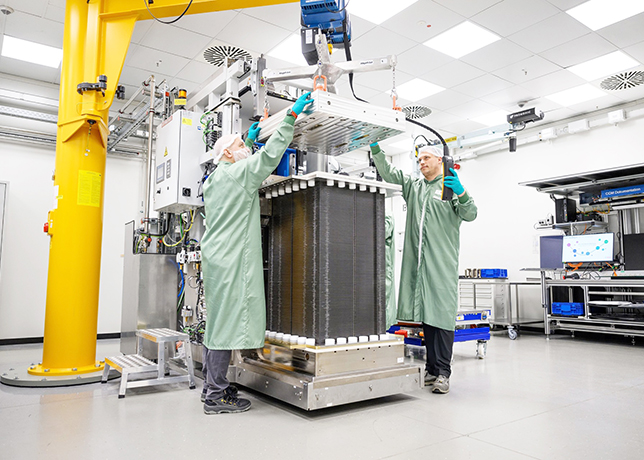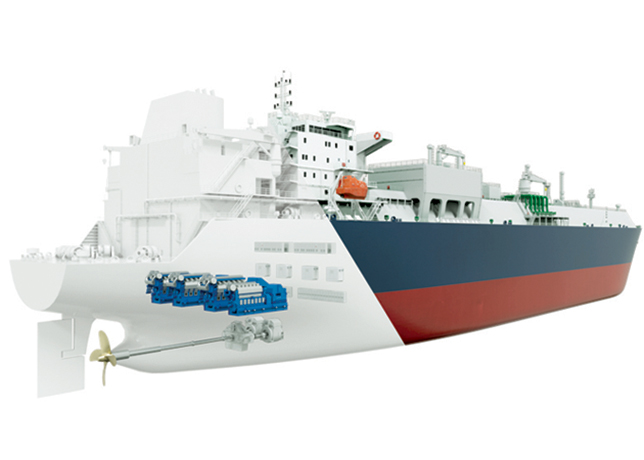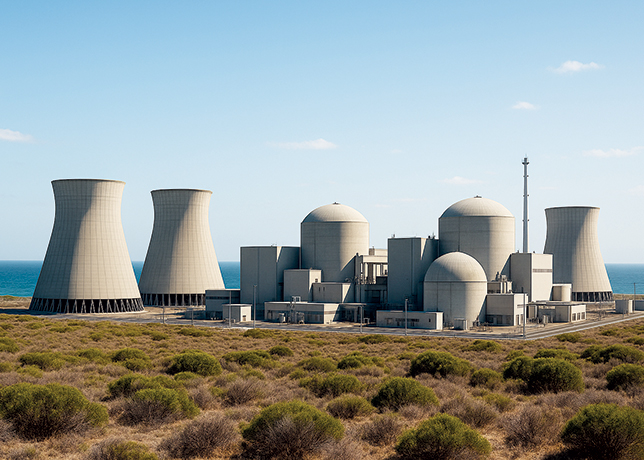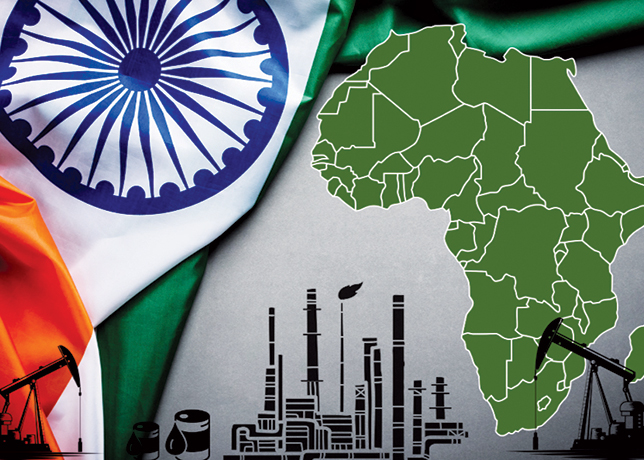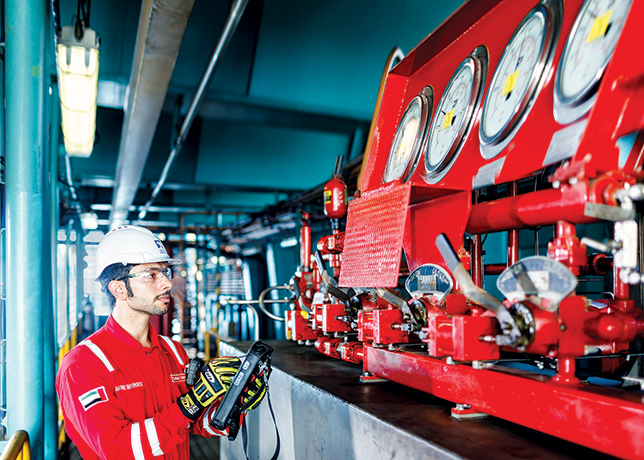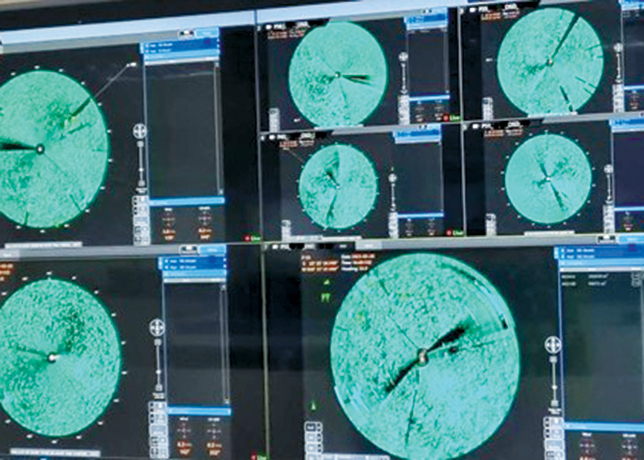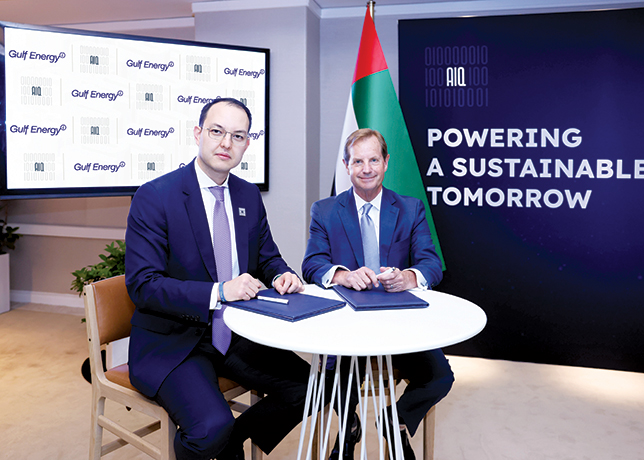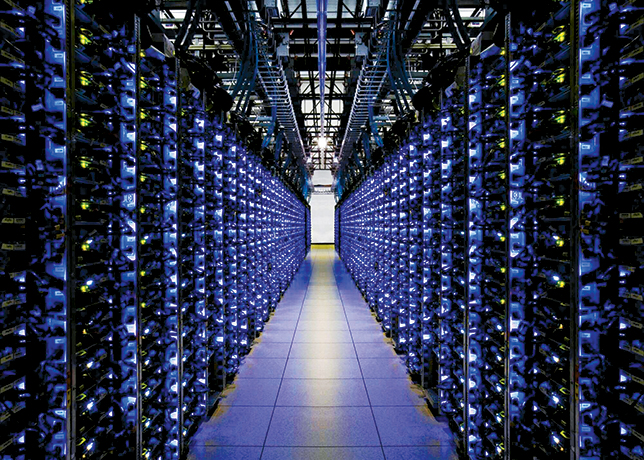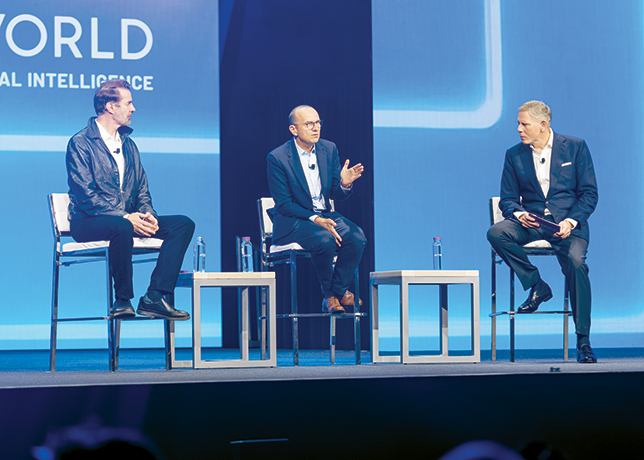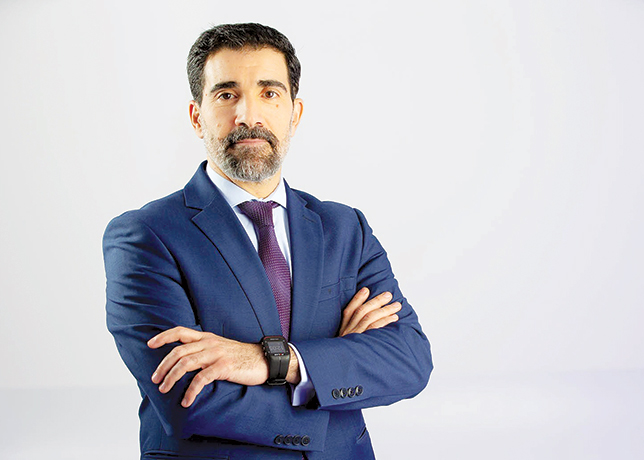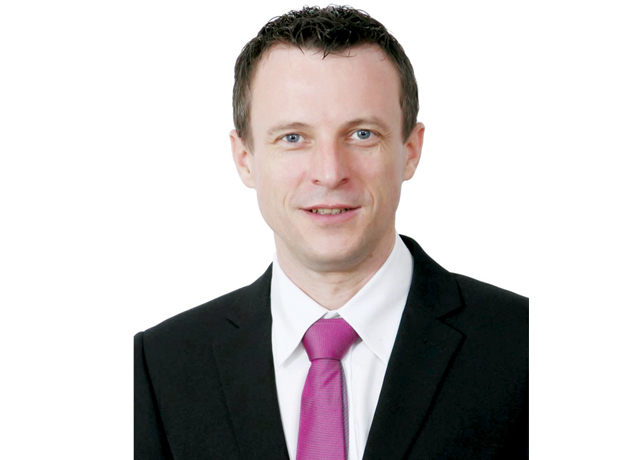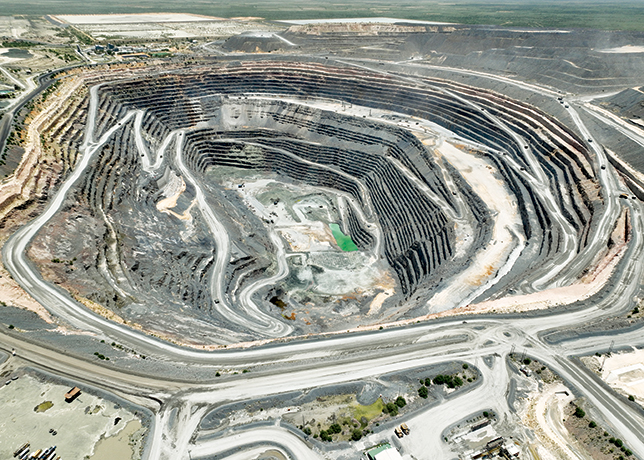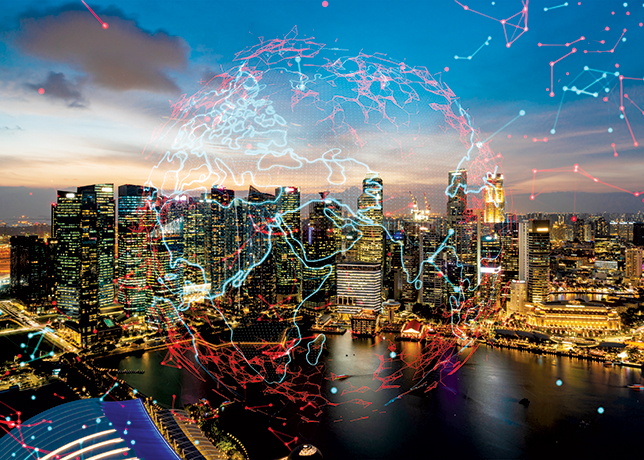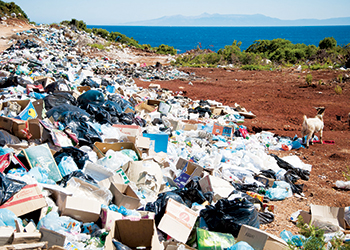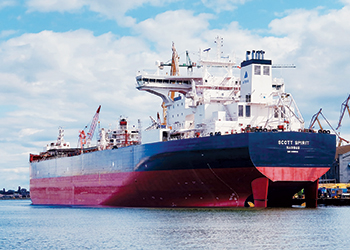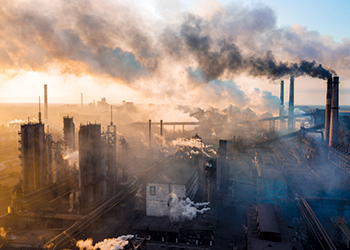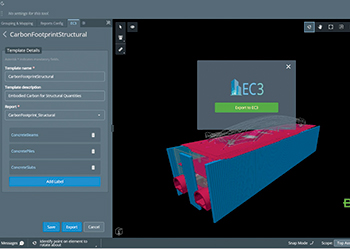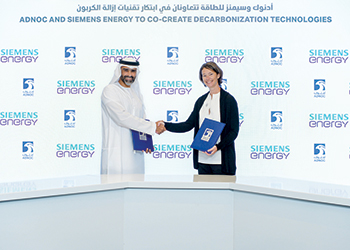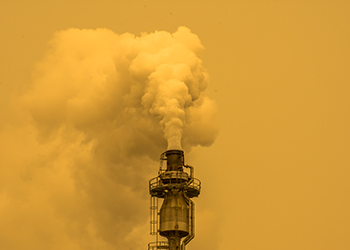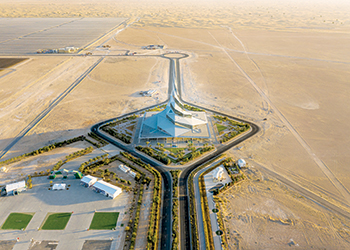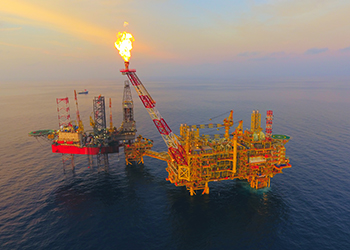
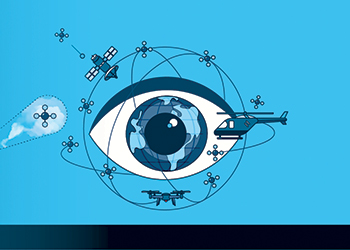 The IMEO can drive methane emissions reduction
The IMEO can drive methane emissions reduction
A new report BY UN Environment Programme (UNEP) highlights the critical role of the International Methane Emissions Observatory (IMEO), a UNEP initiative that drives action on slashing methane emissions.
IMEO is creating the world's first global public database of empirically verified methane emissions, starting with the fossil fuel sec-tor, at a level of granularity and accuracy never achieved before.
This was stated in the ‘An Eye on Methane: International Methane Emissions Observatory 2022’ report, which was launched at this year’s Adipec in Abu Dhabi. The report found that many oil and gas companies are increasing their efforts to tackle methane, but more needs to be done.
The lack of reliable emissions data has made it hard for governments to carry out targeted action at the scale and speed needed to achieve the objectives of the Global Methane Pledge (GMP). As a core implementing partner of the GMP, IMEO will provide data to enable companies and governments across the globe to target strategic mitigation action.
“To reduce methane emissions, we need to know more. Who is emitting, where, and how much. The lack of verified emissions da-ta has made it hard for governments to carry out targeted action at the scale and speed needed to achieve our climate goals, or even to raise political awareness of the problem. What you do not measure, does not get addressed,” Kadri Simson, European Commis-sioner for Energy.
UNEP 's flagship oil and gas reporting and mitigation programme, the Oil and Gas Methane Partnership 2.0 (OGMP 2.0), provides a framework for emission reporting in a sector that is one of the largest manmade sources of methane emissions. It also has the greatest potential for cost-effective reduction.
The effort initiated by the UNEP-hosted Climate and Clean Air Coalition has evolved into a unique platform for collective action amongst its member companies.
Yet, further progress is needed to reliably quantify the oil and gas industry’s emissions. There is still a discrepancy between the es-timates of global industry emissions and the proportional share reported by OGMP 2.0 member companies.
To pave the way for further reduction of methane emissions, IMEO’s focus has expanded to cover other major categories of emit-ters, collectively responsible for 75 per cent of methane emissions in 2017.
They include livestock (responsible for 33 per cent of methane emissions), oil and gas, waste and landfills (over 20 per cent), coal mining (12 per cent,) and rice cultivation (nearly 10 per cent).
On another note, the UNEP report states that over 80 oil and gas companies across the world have committed to measuring and reducing their methane emissions.
Of these, 60 members are on the Gold Standard pathway to reach the highest level of disclosure.
“Looking at the bigger picture, the best way for the oil and gas industry to end methane emissions, and all emissions, is to rethink entirely their roles as energy companies. If the industry is serious about a net-zero future – as it must be to provide a shot at health, wealth, and prosperity for all – this must be the long-term goal,” said Inger Andersen, Executive Director of UNEP.
She said cutting methane emissions is the fastest way to tackle climate change in the short-term, as it remains in the atmosphere for far fewer years than carbon dioxide.
“Companies are making progress, but they must move faster and harder. We need more companies to act, and they must be bold-er,” she added.



